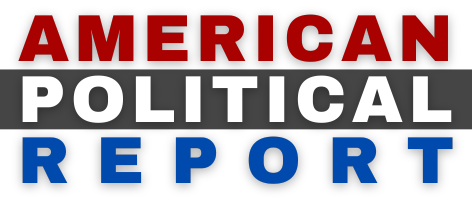In a poetic moment of triumph for science, reason, and sanity, Jay Bhattacharya has been nominated to lead the NIH. The NIH whose former head Francis Collins called for a “quick and devastating take-down” of Jay, Martin Kulldorff, and Sunetra Gupta’s Great Barrington Declaration. In the same email, Collins smeared Dr. Bhattacharya as a “fringe epidemiologist.” We know about these emails only because of a FIOA request. What unfolded in the days after the Declaration was nothing less than a coordinated attack from government, media, and academia to smear the man who had the gall to simply make a statement that summarized one of the most fundamental realities of epidemiology.
As immunity builds in the population, the risk of infection to all – including the vulnerable – falls. We know that all populations will eventually reach herd immunity – i.e. the point at which the rate of new infections is stable – and that this can be assisted by (but is not dependent upon) a vaccine. Our goal should therefore be to minimize mortality and social harm until we reach herd immunity.
The Great Barrington Declaration was authored on October 4th, 2020, and called for an end to the already-failed lockdown policies, focused protection for the elderly and disabled, and for the young and low-risk to return to just making their own decisions about risk. Read the Declaration here.
Immediately after the Declaration was released to the public, a barrage of attacks from media, academia, and government officials ensued. “Anti-lockdown,” “Let it rip,” “pro-infection” were phrases commonly used. Even today, the headlines describe Jay as a “Contrarian” and “Lockdown Critic” and my favorite: “Unorthodox.”
Nothing could be further from the truth. The history of evidence-based pandemic policy, epidemic mitigation, and public health practices supported the approach outlined in the GBD. The views espoused by the authors were mainstream. Marc Lipsitch, a Harvard epidemiologist wrote in 2011 after the H1/N1 response:
“Ideally, data on the economic costs (including indirect costs for socially disruptive measures such as school dismissals) and the public health and economic benefits of interventions would be formally weighed within a cost-benefit or cost-effectiveness framework to inform policy decisions.”
This paper typified the analysis of experts in pandemic policy and epidemiology in the decades preceding Covid. Yet Dr. Bhattacharya calling for cost-benefit analysis somehow makes him “Fringe.” […]
— Read More: brownstone.org


